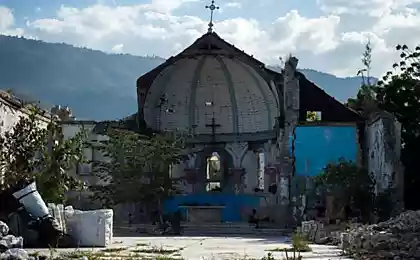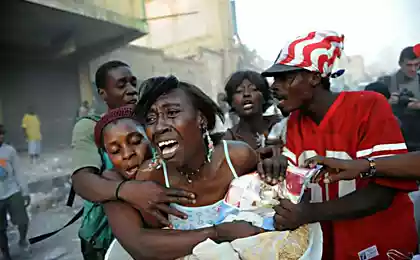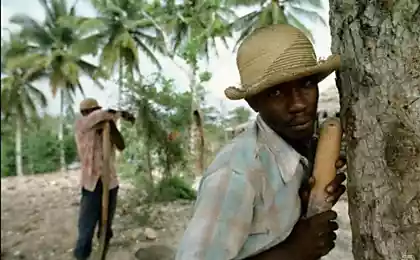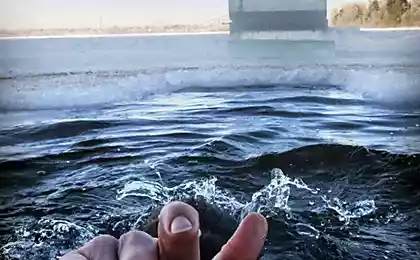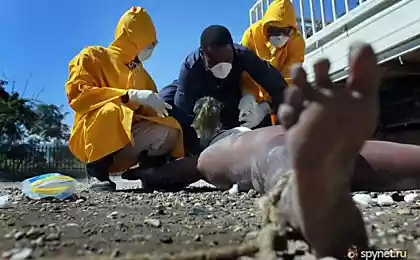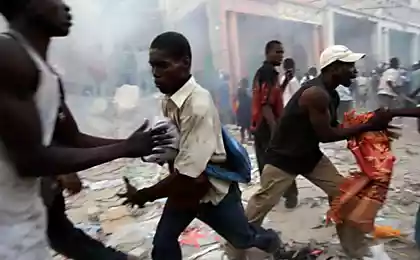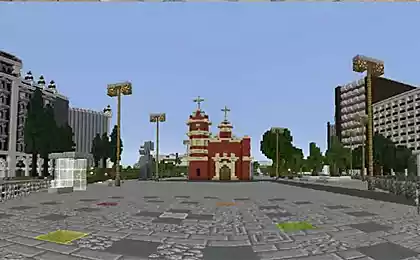2299
Haiti, life today
The country still lies in ruins, but life is getting better slowly.

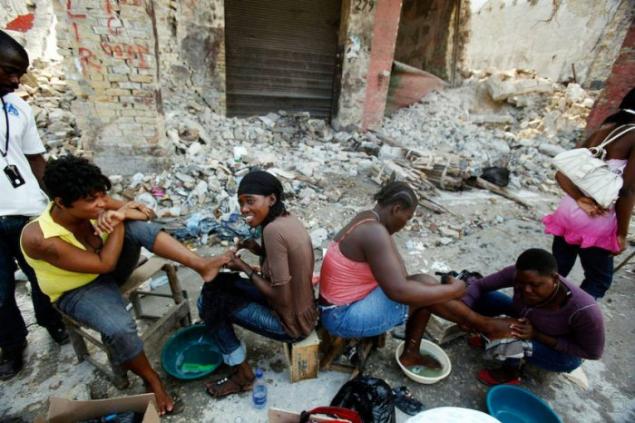
Pedicure in the ruins of the market in Port-au-Prince. (Esteban Felix / AP)
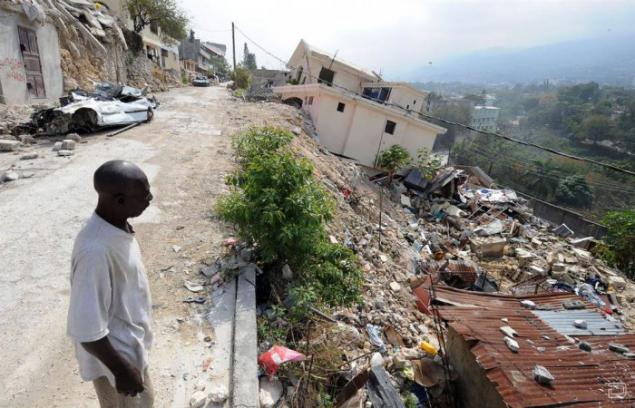
A man stands at the curb on the background of the ruins on the outskirts of Port-au-Prince, Morne Lazarro March 3, 2010 (Thony Belizaire / AFP - Getty Images)
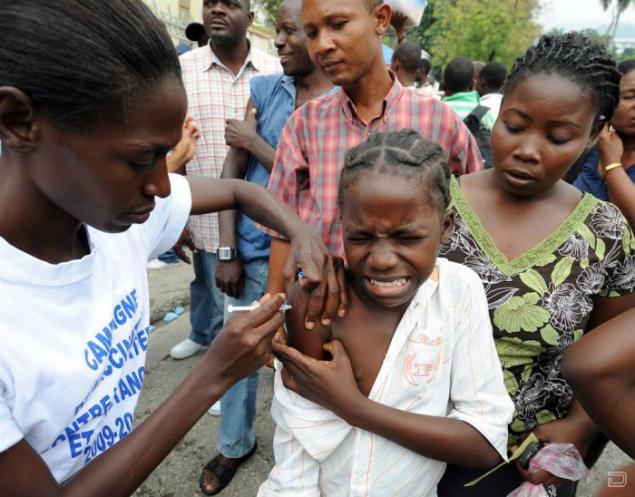
Red Cross workers do Haitians vaccinated against tetanus. The picture was taken on March 1 in Port-au-Prince. (Thony Belizaire / AFP - Getty Images)
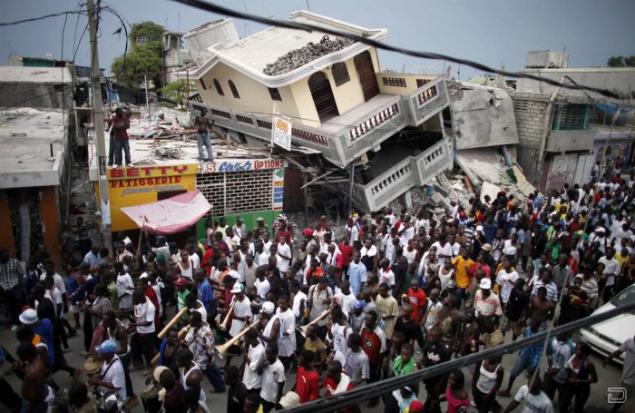
Haitian music group «Raram» leads the crowd along a street in Port-au-Prince. (Carlos Barria / Reuters)
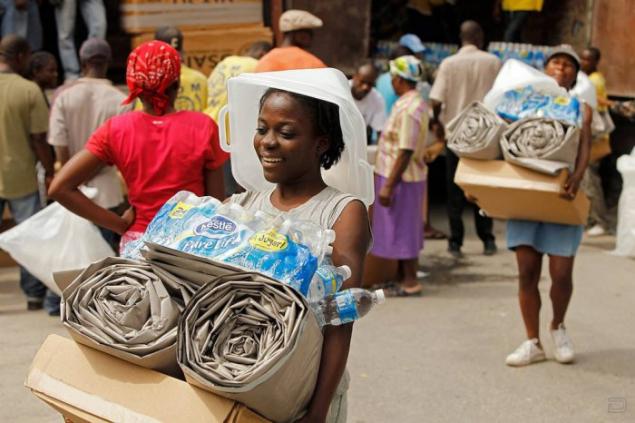
A girl carries humanitarian aid: rolled canvas tents, bottled water and plastic utensils. Numerous international points on the distribution of material assistance continue to operate in all parts of Haiti. (Chip Somodevilla / Getty Images)
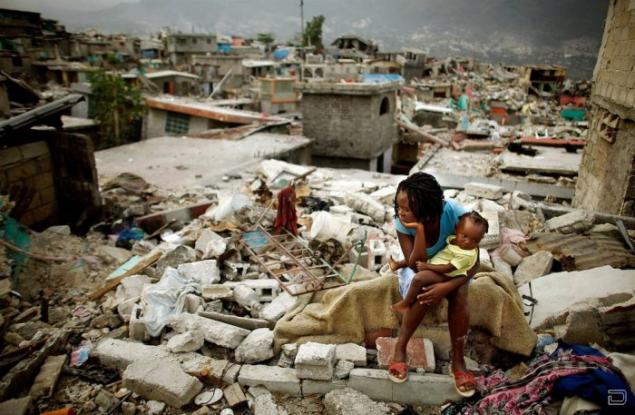
28-year-old Sherider Anilus is holding his 9-month-old daughter Monique, sitting on the ruins of his home in Fort Neshenal. The woman had to come back because the shack where her family huddled, was flooded by torrential rains. (Chip Somodevilla / Getty Images)

Workers digging graves designed for the burial of unidentified and unclaimed corpses killed by the earthquake. Now about a dozen grave diggers work at the main hospital of Port-au-Prince, and every day people are buried next to the huge mass graves. (Chip Somodevilla / Getty Images)
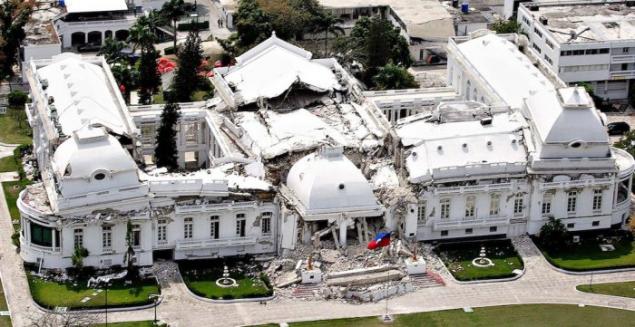
View of the ruined presidential palace in the capital of Haiti. The picture was taken at the end of February. (Ho / Reuters)

Ruins of houses in a suburb of the Haitian capital, Fort Neshenal. The country is still in ruins after the devastating January 12 earthquake, though life here begins to slowly improve. (Carlos Barria / Reuters)
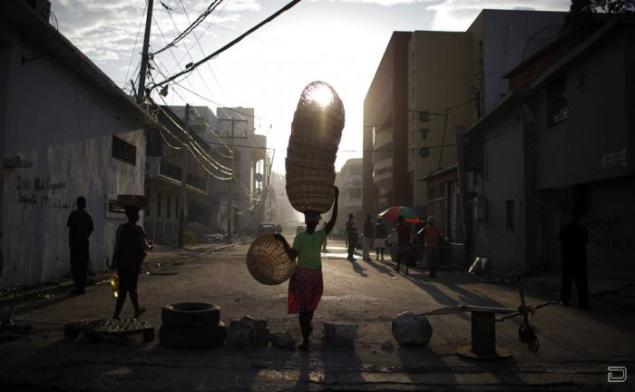
Passers carries a basket on a street in the Haitian capital. (Carlos Barria / Reuters)
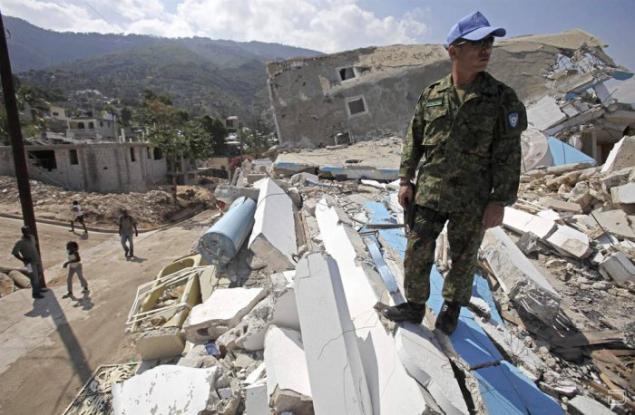
Japanese peacekeeper stands on the ruins of the former site of the Museum of Haitian Art Museum Georges Nader in Port-au-Prince, where there were about fifteen thousand works of art. Japanese and Brazilian group of UN forces plan to disassemble the rubble in an attempt to save the former museum exhibits. (Dario Lopez-mills / AP)


Pedicure in the ruins of the market in Port-au-Prince. (Esteban Felix / AP)

A man stands at the curb on the background of the ruins on the outskirts of Port-au-Prince, Morne Lazarro March 3, 2010 (Thony Belizaire / AFP - Getty Images)

Red Cross workers do Haitians vaccinated against tetanus. The picture was taken on March 1 in Port-au-Prince. (Thony Belizaire / AFP - Getty Images)

Haitian music group «Raram» leads the crowd along a street in Port-au-Prince. (Carlos Barria / Reuters)

A girl carries humanitarian aid: rolled canvas tents, bottled water and plastic utensils. Numerous international points on the distribution of material assistance continue to operate in all parts of Haiti. (Chip Somodevilla / Getty Images)

28-year-old Sherider Anilus is holding his 9-month-old daughter Monique, sitting on the ruins of his home in Fort Neshenal. The woman had to come back because the shack where her family huddled, was flooded by torrential rains. (Chip Somodevilla / Getty Images)

Workers digging graves designed for the burial of unidentified and unclaimed corpses killed by the earthquake. Now about a dozen grave diggers work at the main hospital of Port-au-Prince, and every day people are buried next to the huge mass graves. (Chip Somodevilla / Getty Images)

View of the ruined presidential palace in the capital of Haiti. The picture was taken at the end of February. (Ho / Reuters)

Ruins of houses in a suburb of the Haitian capital, Fort Neshenal. The country is still in ruins after the devastating January 12 earthquake, though life here begins to slowly improve. (Carlos Barria / Reuters)

Passers carries a basket on a street in the Haitian capital. (Carlos Barria / Reuters)

Japanese peacekeeper stands on the ruins of the former site of the Museum of Haitian Art Museum Georges Nader in Port-au-Prince, where there were about fifteen thousand works of art. Japanese and Brazilian group of UN forces plan to disassemble the rubble in an attempt to save the former museum exhibits. (Dario Lopez-mills / AP)

